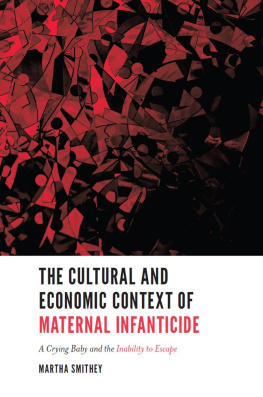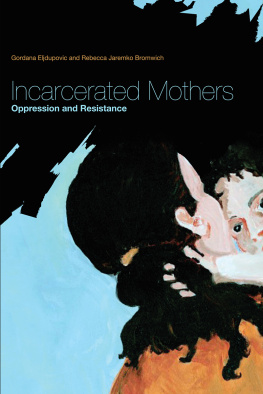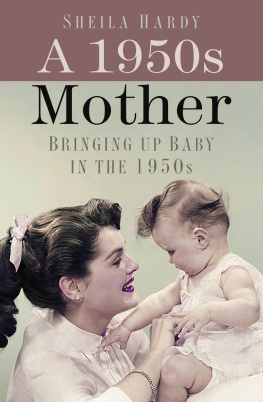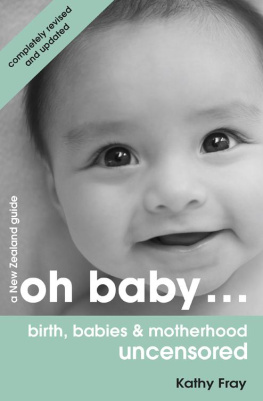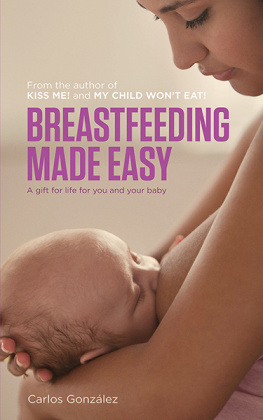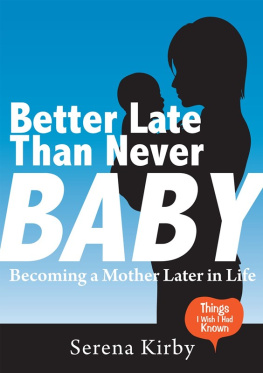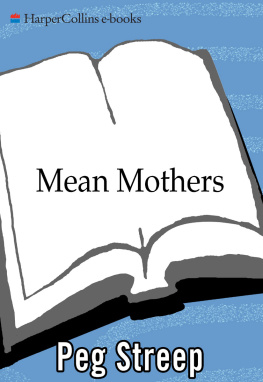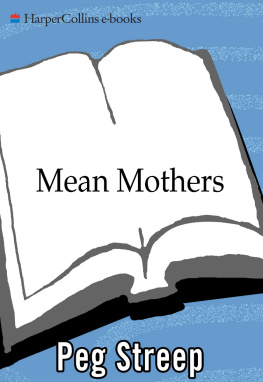THE CULTURAL AND ECONOMIC
CONTEXT OF MATERNAL INFANTICIDE
THE CULTURAL AND
ECONOMIC CONTEXT OF
MATERNAL INFANTICIDE:
A CRYING BABY AND THE
INABILITY TO ESCAPE
BY
MARTHA SMITHEY
Texas Tech University, USA
Emerald Publishing Limited
Howard House, Wagon Lane, Bingley BD16 1WA, UK
First edition 2019
Copyright 2019 Emerald Publishing Limited
Reprints and permissions service
Contact:
No part of this book may be reproduced, stored in a retrieval system, transmitted in any form or by any means electronic, mechanical, photocopying, recording or otherwise without either the prior written permission of the publisher or a licence permitting restricted copying issued in the UK by The Copyright Licensing Agency and in the USA by The Copyright Clearance Center. Any opinions expressed in the chapters are those of the authors. Whilst Emerald makes every effort to ensure the quality and accuracy of its content, Emerald makes no representation implied or otherwise, as to the chapters suitability and application and disclaims any warranties, express or implied, to their use.
British Library Cataloguing in Publication Data
A catalogue record for this book is available from the British Library
ISBN: 978-1-78754-208-2 (Print)
ISBN: 978-1-78743-327-4 (Online)
ISBN: 978-1-78743-951-1 (Epub)
This book is dedicated to the babies whose heart-breaking stories help us
understand the serious consequences of cultural and economic
inequality of women.
For Mom, Marilyn, Hershel, and Luis the significant forces that
shape my life.
Contents
List of Tables
Chapter 1 |
Chapter 2 |
Chapter 4 |
Acknowledgments
This book has been a long-time coming. In many ways, I have shaped and reshaped my seminal work on infanticide in my dissertation at Texas A&M University as I expanded my research into new areas of understanding mothering, the consequences of inequality, and violence. I am deeply grateful to Howard B. Kaplan for successfully guiding me through the application and subsequent expectations of a pre-doctoral fellowship from The National Institute on Drug Abuse (NIDA Award#5F3-DA05463). His teaching and mentoring challenged and inspired me. I am also very grateful to Ben Crouch, Jane Sell, and Alex McIntosh for their support and insights as they shepherded me through my dissertation at Texas A&M University.
From there, I want to thank my colleagues at the University of Texas at El Paso for their support as I continued my work on infanticide and mothering. A special thanks to Howard Daudistel, Kathy Staudt, Roy Malpass, and Andrew Giacomazzi for their friendship and encouragement. I want to also thank Bernard Auchter at the National Institute of Justice who always supported and encouraged my research for this and other projects.
A sincere thank you to Susanne E. Green for a lifelong friendship and to whom I know I can turn to whenever I feel overwhelmed.
My colleagues at Texas Tech University gave me the support and academic space to organize years of work into this book. I want to give a special thanks to Tamra Walter for the years of friendship, support, and much-needed laughter about academia and life in general.
Finally, I wish to thank my family for their love and patience as I made extra demands on them while struggling with the research and writing. Their love and support is the motivation for all I do in my life. Raising my son, Hershel, has taught me more about the reality of mothering than anything I have studied or heard. He is an amazing person and, despite my frequent fumbling through motherhood, has become the most humane and caring person I know. He is the work about which I am most proud. My husband and colleague, Ignacio Luis Ramirez, is the perfect life partner for me. His love, sense of adventure, and insights into my life at home and work are invaluable.
Chapter 1
An Introduction and Overview of Infanticide
Infanticide has a lengthy history reaching back to ancient societies (Knight, 1991). In many instances, it was the result of socially sanctioned religious sacrifice, economy to ensure the survival of existing family members, or disposal of physically defective infants (deMause, 1988; Dorne, 1989; Newman, 1978; Radbill, 1987). This practice was common in ancient Greece, Rome, and early German society. During the Middle Ages, infanticide was occurring in every country in Europe (deMause, 1988). Often the practice of female infanticide was condoned as a form of population control. For example, China is a nation well known for the commission of infanticide by their citizenry. In China, it has been estimated that tens of thousands of female infants were murdered due to the cultural beliefs that sons bestow blessings on the family and that females are economic liabilities due to dowries and their departure from the home and extended family care when they marry. But more notorious, and a possibly bigger cause of female infanticide, has been the governments one-child policy instituted in 1979 but officially revoked in 2013 (Zhu, 2003). This policy was designed to curtail the untenable population growth of the past few decades. The intent of the policy is to reduce births by rewarding families for limiting family size to one child. It interacted with the cultural beliefs regarding the rewards of a son and the costs of a daughter to create a serious infanticide trend of eliminate female babies. The effects of the policy lasted through 2015 as the Chinese government had to reeducate citizens toward different cultural beliefs to stop female infanticide.
This history attributes causes of infanticide to the social forces of government policy, economic, need and cultural expectations. In this book, I explain how two of these social forces economic need and cultural expectations persist in modern-day maternal infanticide. I begin by introducing and defining infanticide, discussing the debate whether maternal love and "instinct" are natural or social forces, and describing the nature and trends of the occurrence of infanticide. I conclude with a brief discussion of mental illness as a cause of infanticide, which is beyond the scope of this book.
In this chapter, I introduce and define infanticide, discuss the debate whether maternal love and instinct are natural or social forces, describe the nature and trends of its occurrence, and conclude with a discussion of mental illness, which is beyond the scope of this book. The medical community defines infant as 12 months and countries with infanticide laws default to the medical community. In the United States, there are no infanticide laws to legally define but use of the term in the legal community generally refers to 12 months. In historical and literary works, an infant is a physically, cognitively, and emotionally underdeveloped being. My original work on this phenomenon (Smithey, 1994) developed a sociological perspective on mother-perpetrated infanticide in which I argue that post-partum psychosis and other forms of mental illness do not sufficiently explain most cases of infanticide and that cultural expectations and social inequalities are more powerful explanations. Within this analytical frame, I used the more literary inclusive definition of infanticide by broadening the possibility of infanticide of children from ages 1 day to 36 months. This age range was determined by the potential for post-partum hormone fluctuations lasting up to 36 months (with most causes resolving within 24 months). That research, subsequent research by myself, and published works by others inform this book (Adinkrah, 2001; Alder & Baker, 1997; Arnot, 1994; Briggs & Mantini-Briggs, 2000; dOrban, 1979; Friedman, Horwitz, & Resnick, 2005; Jackson, 2002; Mugavin, 2005; Oberman, 2003; Oberman & Meyer, 2001, 2008; Rodriguez & Smithey, 1999; Rose, 1986; Scott, 1973; Smithey, 1994, 1998; Smithey & Ramirez, 2004; Stroud, 2008; and others).

